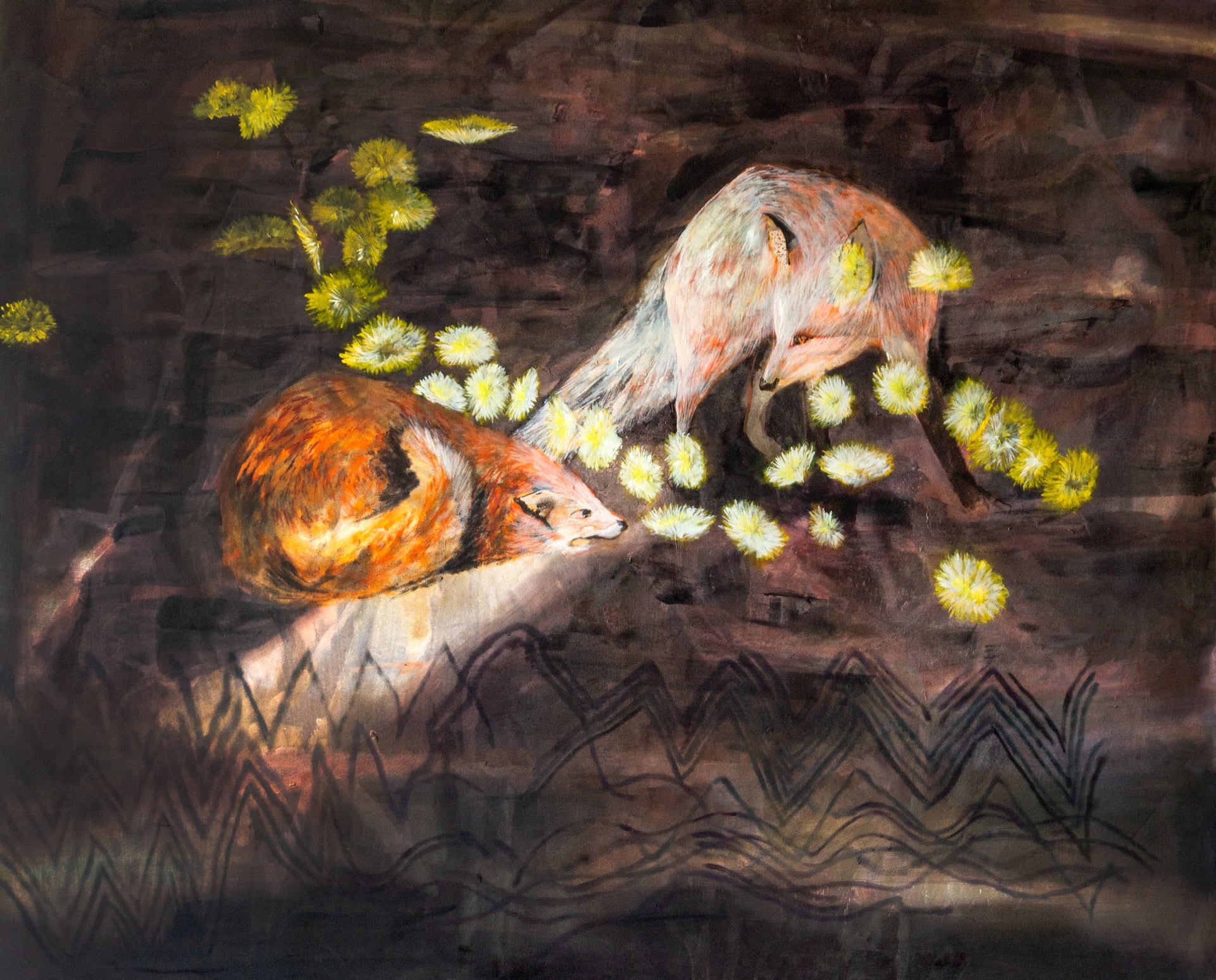
“I Pilastri” is a cycle of solo exhibitions presented by Fondazione Malutta dedicated to the foundation’s veteran artists — the solid and steadfast figures who have shaped its identity over time. Conceived by Thomas Braida and inspired by the “Pillars (Hashira)” from Koyoharu Gotōge’s cult manga Demon Slayer, the project celebrates artists who have refined their practice through relentless dedication and mastery.
Organised with the support of several members of Fondazione Malutta, I Pilastri highlights the strength, individuality, and technical prowess of each artist, revealing the distinct creative force that makes them true cornerstones of Fondazione Malutta’s artistic community. Each exhibition in the cycle is accompanied by a critical text by Beatrice Timillero.
Image credits: Bianca Francesca Serafin, Gemma Turroni
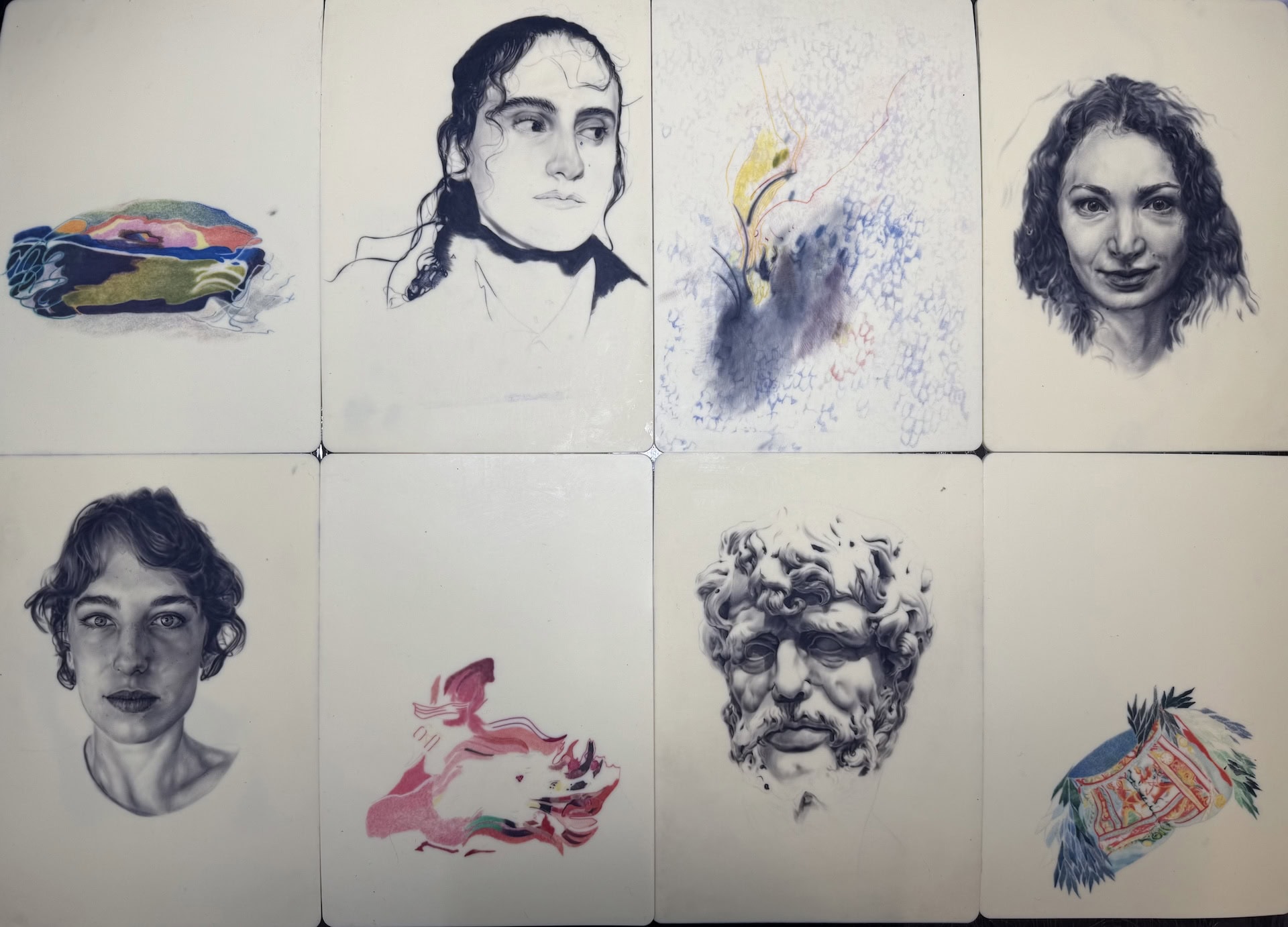
“I Pilastri” is a cycle of solo exhibitions presented by Fondazione Malutta dedicated to the foundation’s veteran artists — the solid and steadfast figures who have shaped its identity over time. Conceived by Thomas Braida and inspired by the “Pillars (Hashira)” from Koyoharu Gotōge’s cult manga Demon Slayer, the project celebrates artists who have refined their practice through relentless dedication and mastery.
Organised with the support of several members of Fondazione Malutta, I Pilastri highlights the strength, individuality, and technical prowess of each artist, revealing the distinct creative force that makes them true cornerstones of Fondazione Malutta’s artistic community. Each exhibition in the cycle is accompanied by a critical text by Beatrice Timillero.
Image credits: Bianca Francesca Serafin, Gemma Turroni
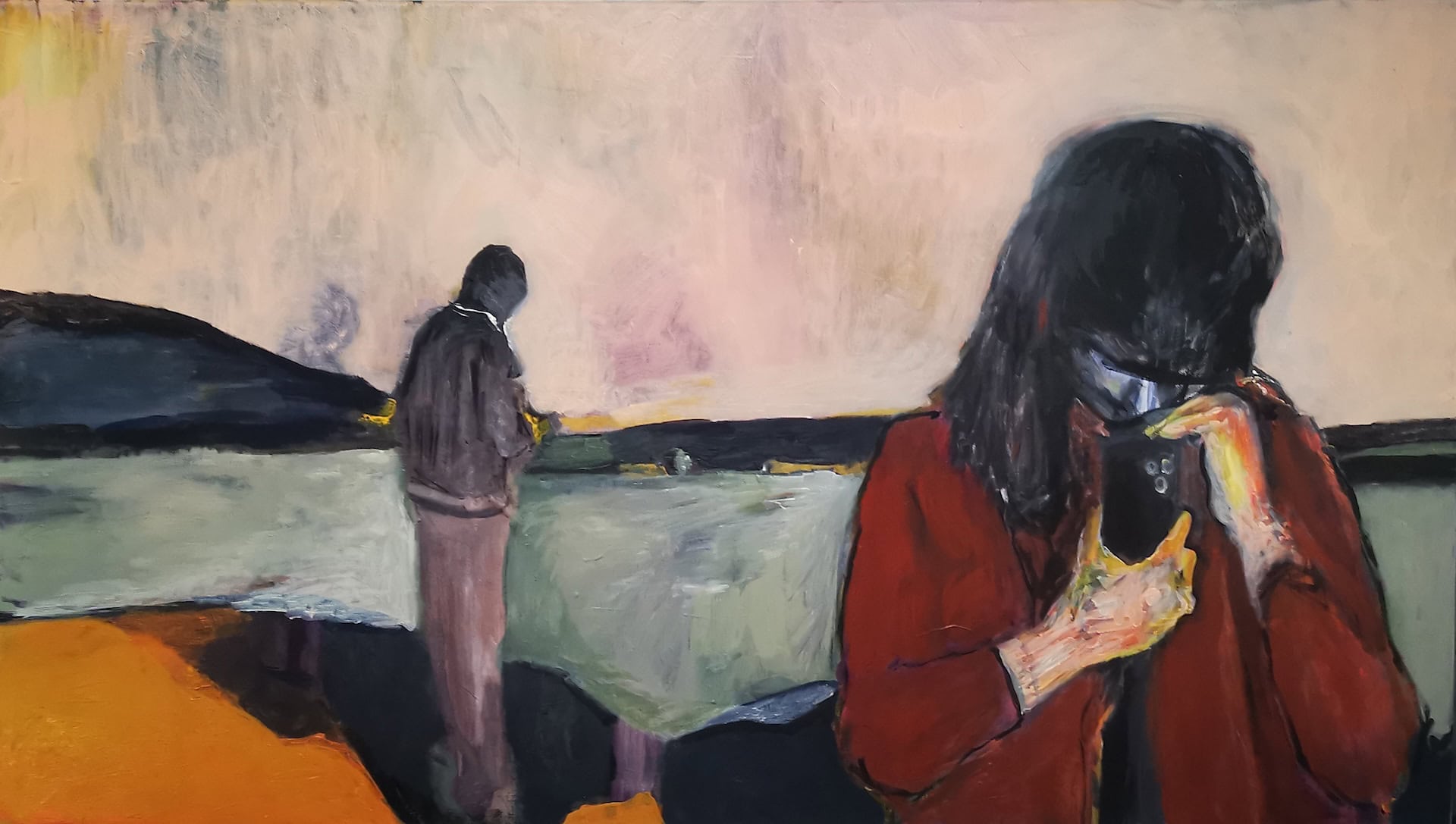
“I Pilastri” is a cycle of solo exhibitions presented by Fondazione Malutta dedicated to the foundation’s veteran artists — the solid and steadfast figures who have shaped its identity over time. Conceived by Thomas Braida and inspired by the “Pillars (Hashira)” from Koyoharu Gotōge’s cult manga Demon Slayer, the project celebrates artists who have refined their practice through relentless dedication and mastery.
Organised with the support of several members of Fondazione Malutta, I Pilastri highlights the strength, individuality, and technical prowess of each artist, revealing the distinct creative force that makes them true cornerstones of Fondazione Malutta’s artistic community. Each exhibition in the cycle is accompanied by a critical text by Beatrice Timillero.
Image credits: Bianca Francesca Serafin, Gemma Turroni
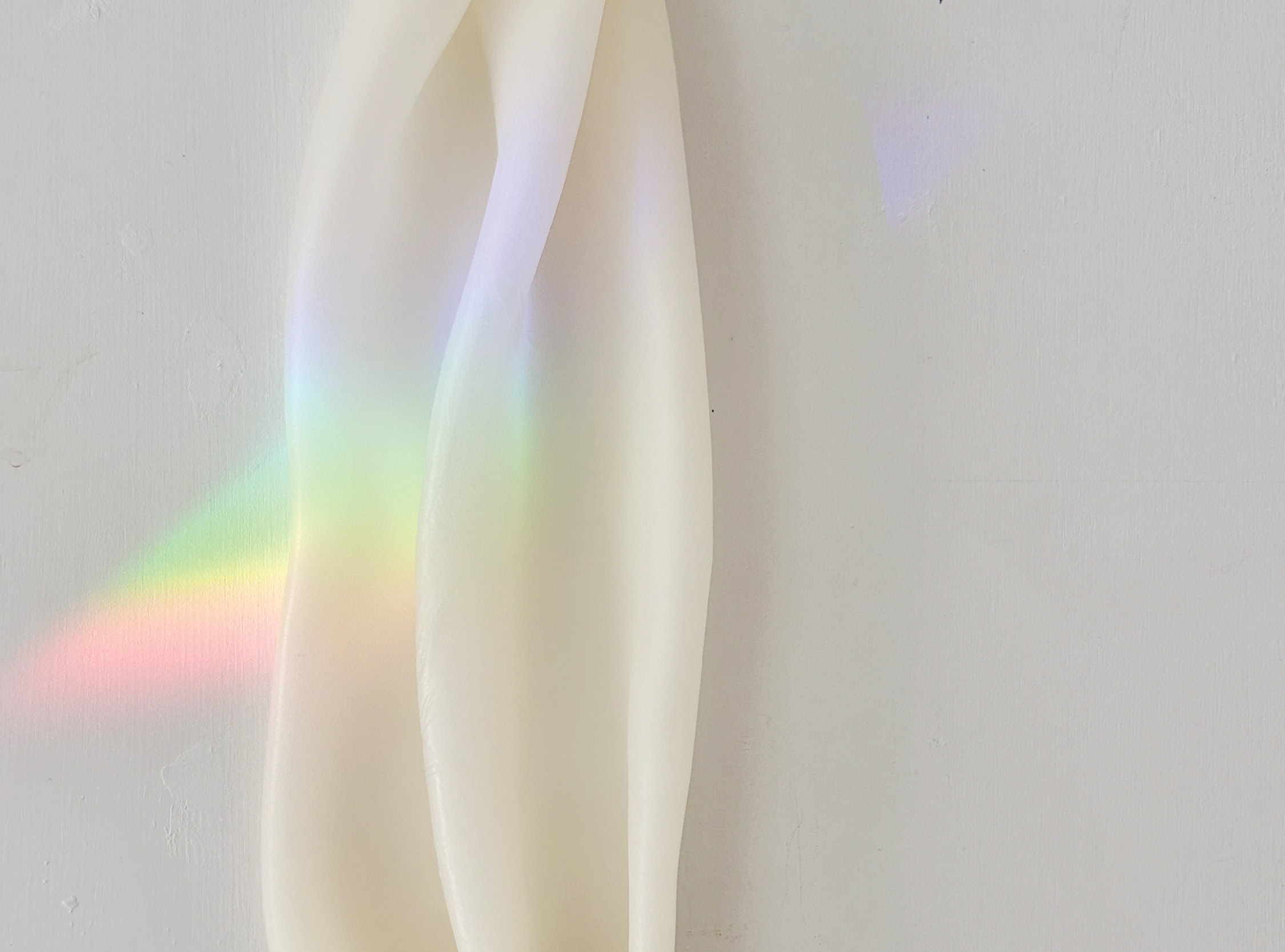
Wax is at the heart of “Cera”, a solo exhibition by Belgian-French artist Yaël Ohayon. In her practice, she elevates wax into a language of its own. Through sculptures, tableaux, and luminous works, she explores transformation, memory, and the interplay of natural elements. Her pieces invite a sensory, intimate experience, where texture, color, and light become carriers of emotion and craft.
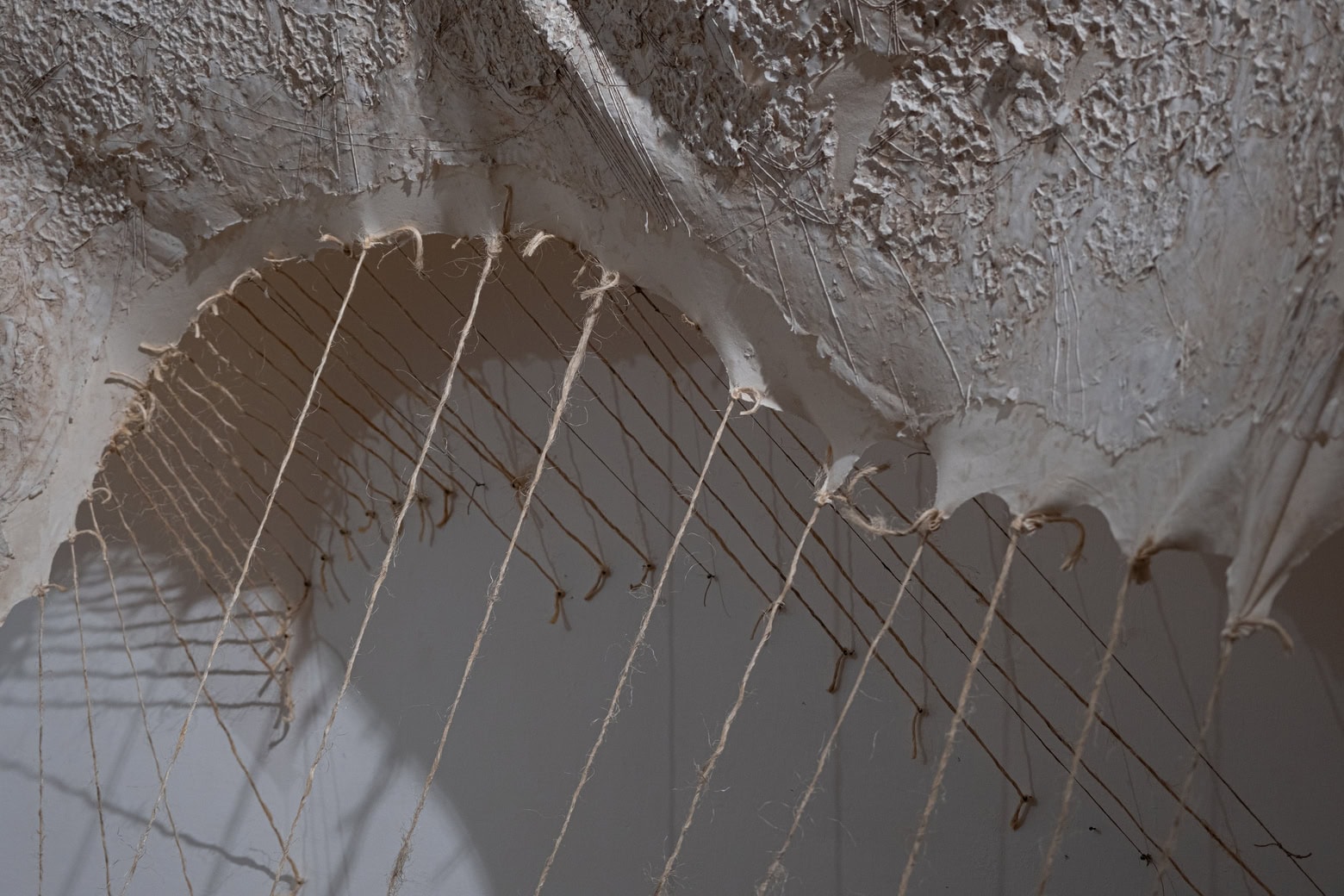
“Pelle d’Istria” is a site-specific exhibition born from a project by sculptor Ketty Gobbo. During a one-month residency, the artist explored the city, selecting Venetian surfaces from walls, doors, pavements, and churches to create casts and transfer every three- dimensional detail onto fabric. Fragments of Venice, collected from outdoor spaces, are reshaped and brought indoors into a new, intimate, and immersive environment.
This work presents the transformation of a solid, impenetrable material into something soft and elastic. Through a constant dialogue between exterior and interior spaces and a balanced growth between artwork and architecture, the location acquires a new, profound, and organic character. Exploring matter not only as a surface but as a dynamic, layered space, each fragment tells the story of the tension between what dissolves and what emerges. This fossil, once a living being, is now an inorganic object that has undergone a metamorphosis, merging with the underlying surface and revealing a movement beneath the skin. The piece exists halfway between a once-living creature and a corroded architectural element, creating an ambiguous identity that reflects on the nature of time and memory.
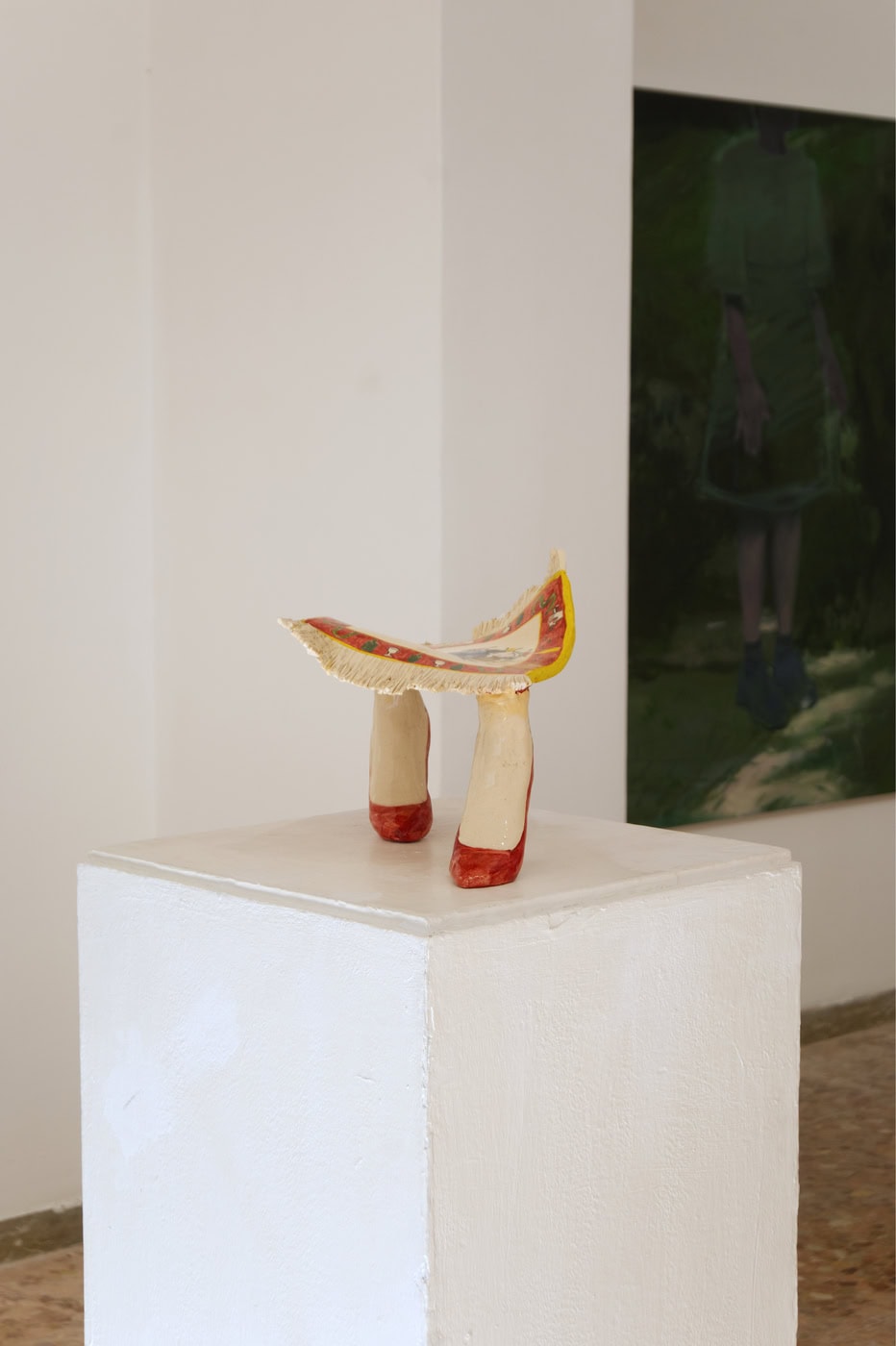
A suspended dialogue between dream, myth, and memory. The works on display lead viewers into a world that is neither real nor purely imaginary — an intermediate space, a threshold where rules loosen and images turn into stories. The title evokes an ancient symbolic geography: beyond the seven climes that once divided the known world lies the “eighth climate” — a place outside space and time, where visions, archetypes, and memories converge.
Here, amid enigmatic figures and familiar symbols, unfolds a mental landscape inhabited by elusive presences — beings that dwell in the cracks of reality and reveal themselves only to those who know how to look beyond appearances.

“I Pilastri” is a cycle of solo exhibitions presented by Fondazione Malutta dedicated to the foundation’s veteran artists — the solid and steadfast figures who have shaped its identity over time. Conceived by Thomas Braida and inspired by the “Pillars (Hashira)” from Koyoharu Gotōge’s cult manga Demon Slayer, the project celebrates artists who have refined their practice through relentless dedication and mastery.
Organised with the support of several members of Fondazione Malutta, I Pilastri highlights the strength, individuality, and technical prowess of each artist, revealing the distinct creative force that makes them true cornerstones of Fondazione Malutta’s artistic community. Each exhibition in the cycle is accompanied by a critical text by Beatrice Timillero.
Image credits: Clelia Cadamuro
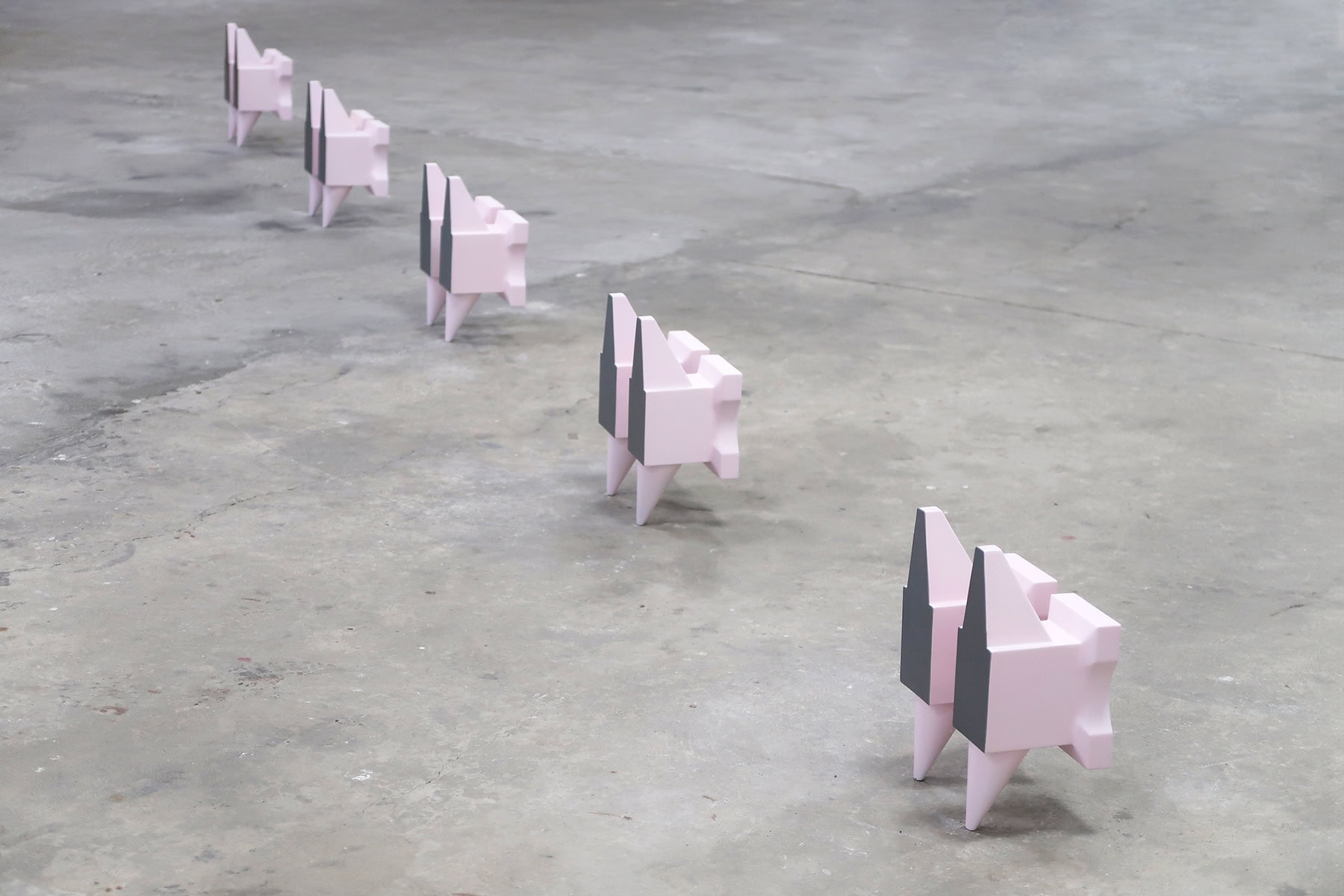
“Il profumo del tempo” is the first exhibition conceived as a curatorial project by Cecilia Larese and Bianca Pedron, and it presents the works of three artists and one duo: Lorena Bucur (Cremona, 1996), Matteo Rattini (Padua, 2001), Guendalina Urbani (Rome, 1992), and Calori&Maillard (the artistic duo formed in 2009 by Letizia Calori and Violette Maillard).
Through the works on view, the curators analyse the concept of time in today’s society, driven by the sole ontological project of being constantly productive. Yet, time begins to “scent” when it acquires duration, when it receives a narrative tension, when it gains depth. However, the curators suggest that artistic manifestations should be read not as the result of a linear narrative evolution, but rather as deriving from a combination and accumulation of fragmented events.
The glazed ABS sculptures by Guendalina Urbani – imaginary and ambiguous objects – enter into dialogue with the screens and captions of Matteo Rattini, who works at the intersection of the real and the virtual, where images become reality and the concrete dematerializes. The socially and politically engaged practice of Lorena Bucur intertwines with the collaborative approach of Calori&Maillard.
The exhibition “aims to be an invitation to embrace slowness, to pause before the artists’ works and engage with them with deep and total attention, for only such focus prevents the eyes from wandering. Perhaps it is necessary to reclaim suspended time in order to enjoy art in all its forms and once again perceive that scent”.

“I Pilastri” is a cycle of solo exhibitions presented by Fondazione Malutta dedicated to the foundation’s veteran artists — the solid and steadfast figures who have shaped its identity over time. Conceived by Thomas Braida and inspired by the “Pillars (Hashira)” from Koyoharu Gotōge’s cult manga Demon Slayer, the project celebrates artists who have refined their practice through relentless dedication and mastery.
Curated and organised by Thomas Braida and Anastasiya Parvanova, with the support of the members of Fondazione Malutta, I Pilastri highlights the strength, individuality, and technical prowess of each artist, revealing the distinct creative force that makes them true cornerstones of Fondazione Malutta’s artistic community. Each exhibition in the cycle is accompanied by a critical text by Beatrice Timillero.
Image credits: Anastasiya Parvanova
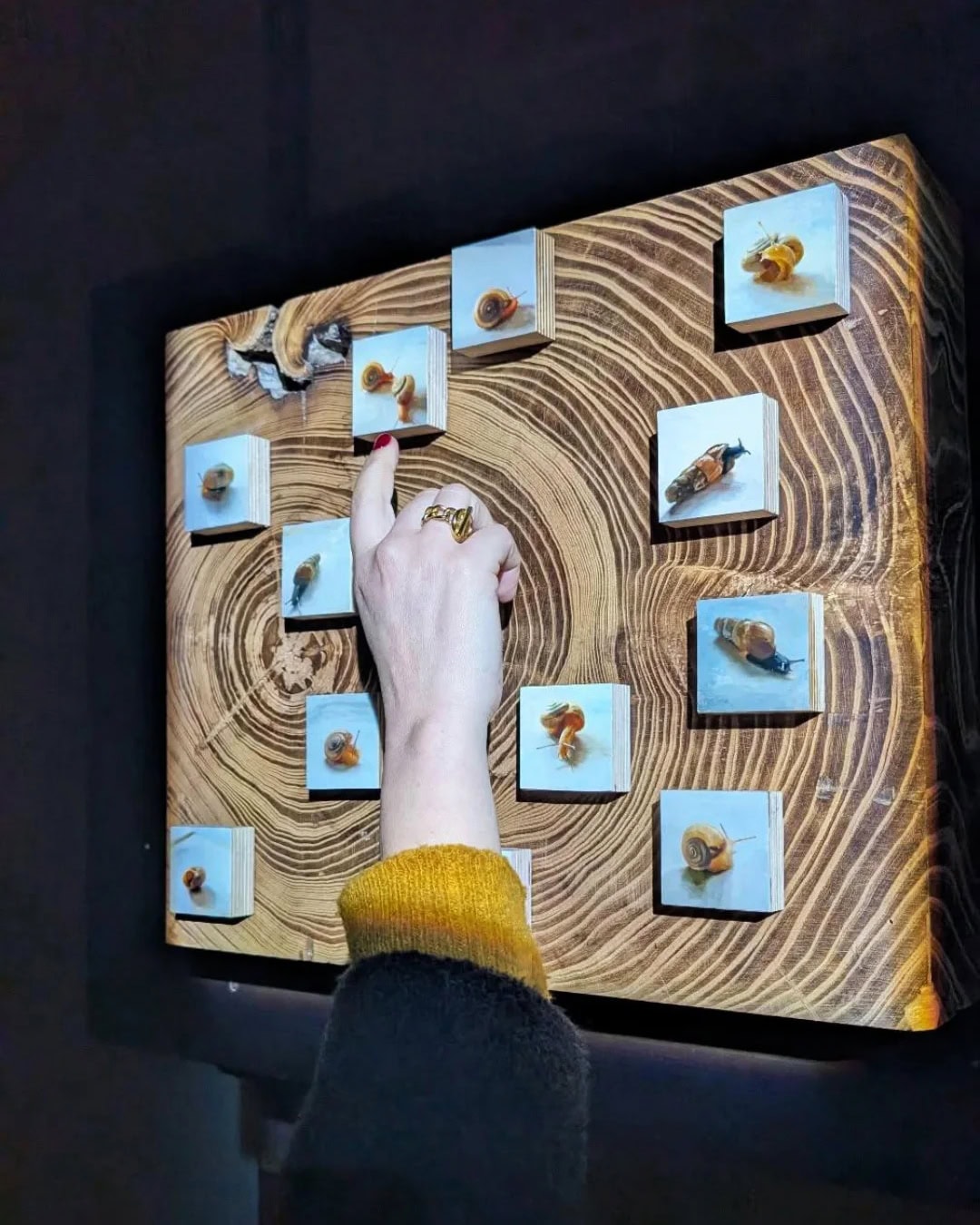
“I Pilastri” is a cycle of solo exhibitions presented by Fondazione Malutta dedicated to the foundation’s veteran artists — the solid and steadfast figures who have shaped its identity over time. Conceived by Thomas Braida and inspired by the “Pillars (Hashira)” from Koyoharu Gotōge’s cult manga Demon Slayer, the project celebrates artists who have refined their practice through relentless dedication and mastery.
Curated and organised by Thomas Braida and Anastasiya Parvanova, with the support of the members of Fondazione Malutta, I Pilastri highlights the strength, individuality, and technical prowess of each artist, revealing the distinct creative force that makes them true cornerstones of Fondazione Malutta’s artistic community. Each exhibition in the cycle is accompanied by a critical text by Beatrice Timillero.
Image credits: Bianca Francesca Serafin
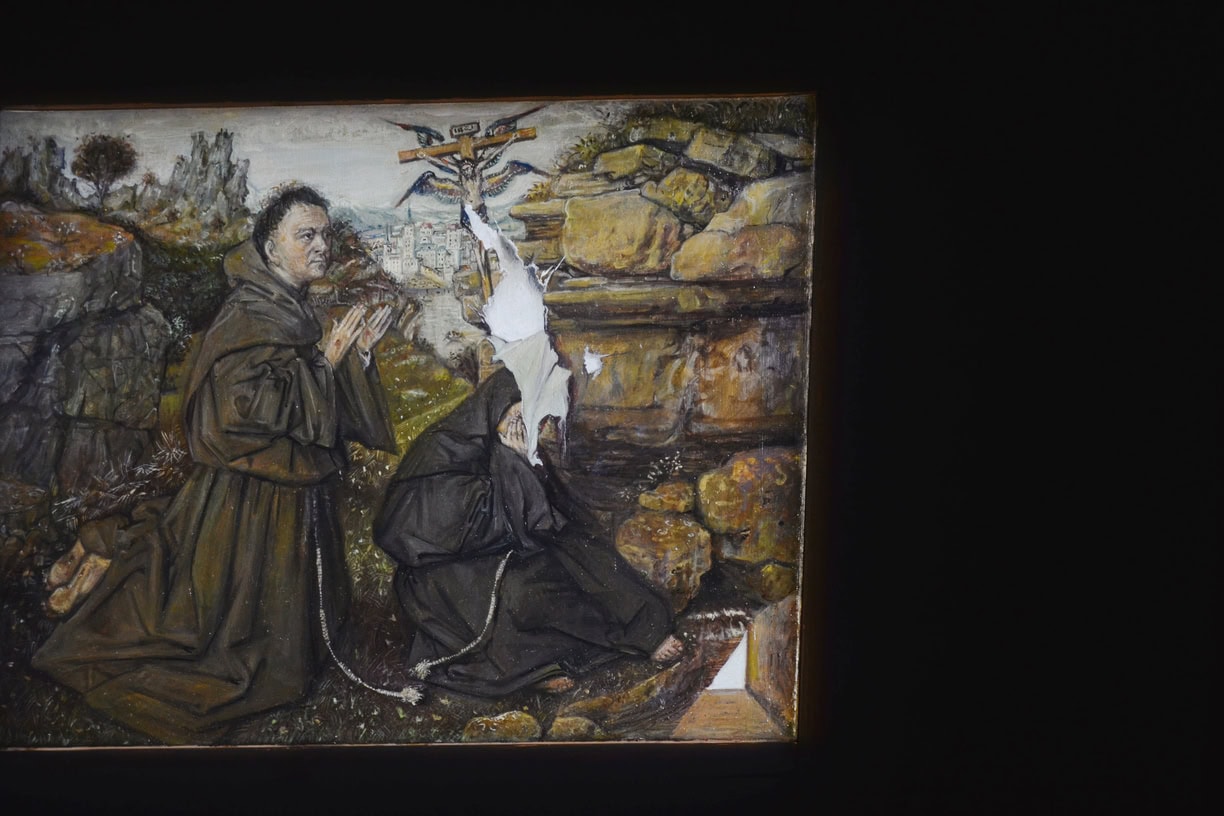
“I Pilastri” is a cycle of solo exhibitions presented by Fondazione Malutta dedicated to the foundation’s veteran artists — the solid and steadfast figures who have shaped its identity over time. Conceived by Thomas Braida and inspired by the “Pillars (Hashira)” from Koyoharu Gotōge’s cult manga Demon Slayer, the project celebrates artists who have refined their practice through relentless dedication and mastery.
Curated and organised by Thomas Braida and Anastasiya Parvanova, with the support of the members of Fondazione Malutta, I Pilastri highlights the strength, individuality, and technical prowess of each artist, revealing the distinct creative force that makes them true cornerstones of Fondazione Malutta’s artistic community. Each exhibition in the cycle is accompanied by a critical text by Beatrice Timillero.
Image credits: Bianca Francesca Serafin

“I Pilastri” is a cycle of solo exhibitions presented by Fondazione Malutta dedicated to the foundation’s veteran artists — the solid and steadfast figures who have shaped its identity over time. Conceived by Thomas Braida and inspired by the “Pillars (Hashira)” from Koyoharu Gotōge’s cult manga Demon Slayer, the project celebrates artists who have refined their practice through relentless dedication and mastery.
Curated and organised by Thomas Braida and Anastasiya Parvanova, with the support of the members of Fondazione Malutta, I Pilastri highlights the strength, individuality, and technical prowess of each artist, revealing the distinct creative force that makes them true cornerstones of Fondazione Malutta’s artistic community. Each exhibition in the cycle is accompanied by a critical text by Beatrice Timillero.
Image credits: Bianca Francesca Serafin
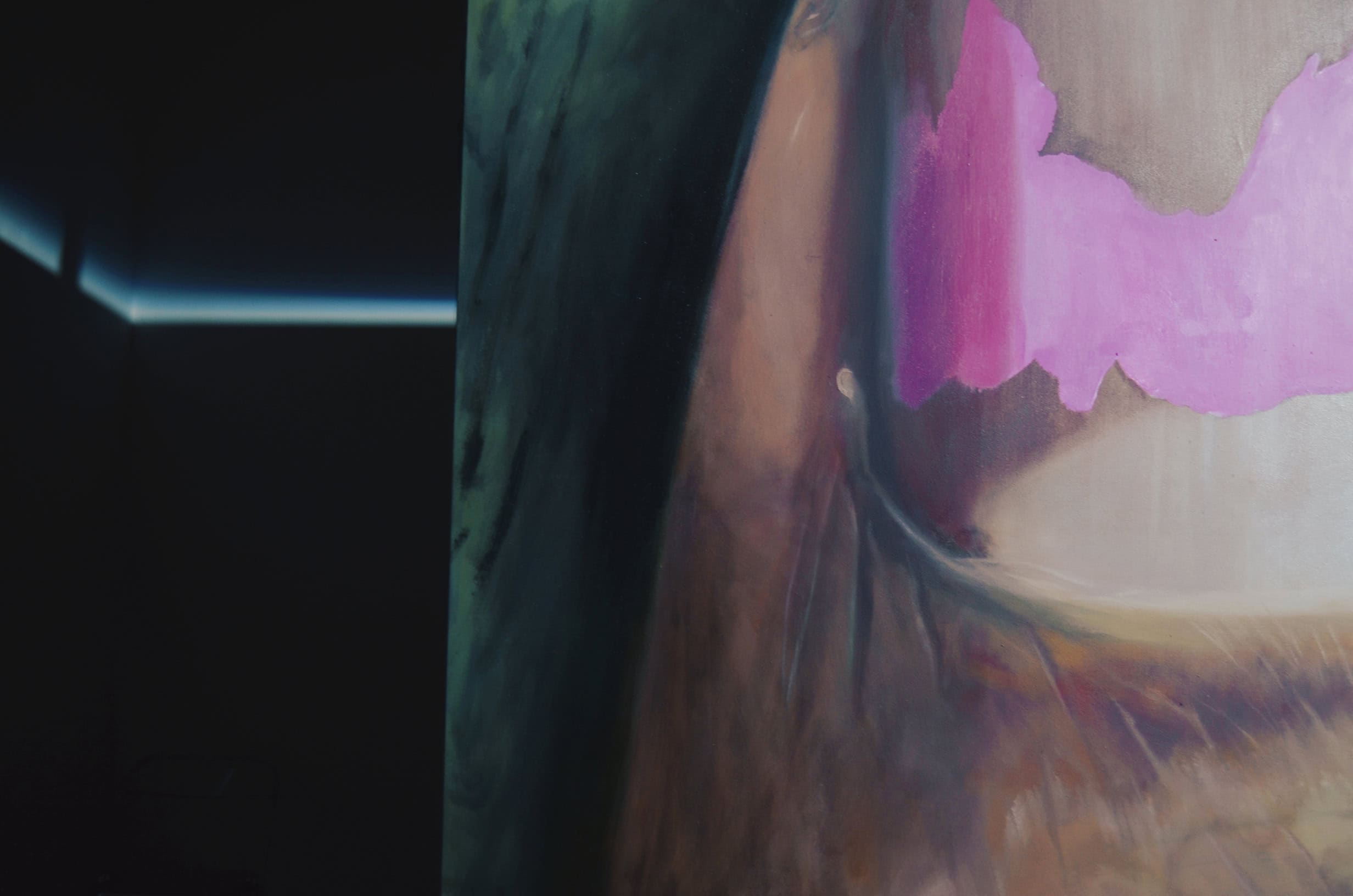
“I Pilastri” is a cycle of solo exhibitions presented by Fondazione Malutta dedicated to the foundation’s veteran artists — the solid and steadfast figures who have shaped its identity over time. Conceived by Thomas Braida and inspired by the “Pillars (Hashira)” from Koyoharu Gotōge’s cult manga Demon Slayer, the project celebrates artists who have refined their practice through relentless dedication and mastery.
Curated and organised by Thomas Braida and Anastasiya Parvanova, with the support of the members of Fondazione Malutta, I Pilastri highlights the strength, individuality, and technical prowess of each artist, revealing the distinct creative force that makes them true cornerstones of Fondazione Malutta’s artistic community. Each exhibition in the cycle is accompanied by a critical text by Beatrice Timillero.
Image credits: Bianca Francesca Serafin, Anastasiya Parvanova
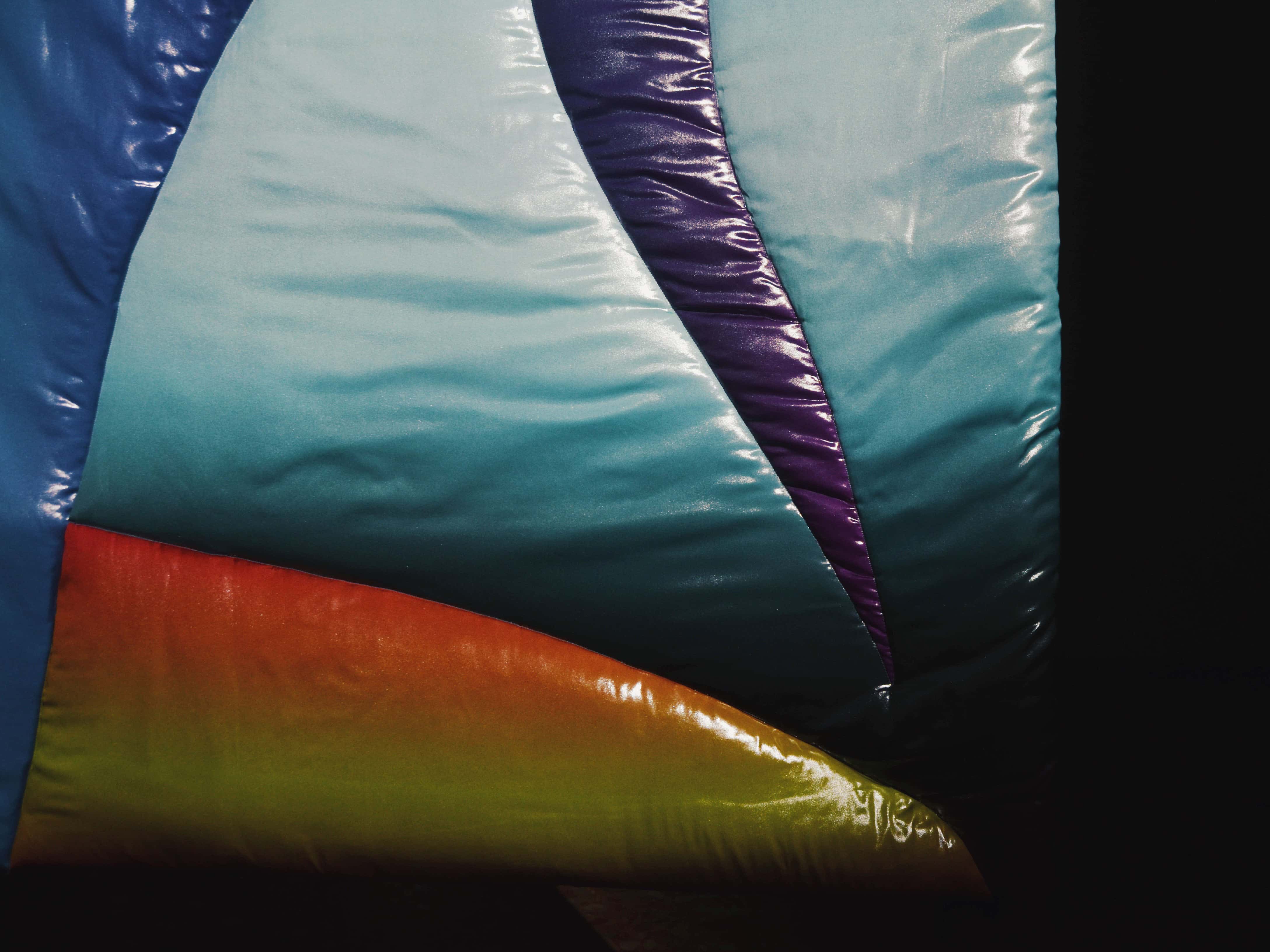
“I Pilastri” is a cycle of solo exhibitions presented by Fondazione Malutta dedicated to the foundation’s veteran artists — the solid and steadfast figures who have shaped its identity over time. Conceived by Thomas Braida and inspired by the “Pillars (Hashira)” from Koyoharu Gotōge’s cult manga Demon Slayer, the project celebrates artists who have refined their practice through relentless dedication and mastery.
Curated and organised by Thomas Braida and Anastasiya Parvanova, with the support of the members of Fondazione Malutta, I Pilastri highlights the strength, individuality, and technical prowess of each artist, revealing the distinct creative force that makes them true cornerstones of Fondazione Malutta’s artistic community. Each exhibition in the cycle is accompanied by a critical text by Beatrice Timillero.
Image credits: Bianca Francesca Serafin, Anastasiya Parvanova
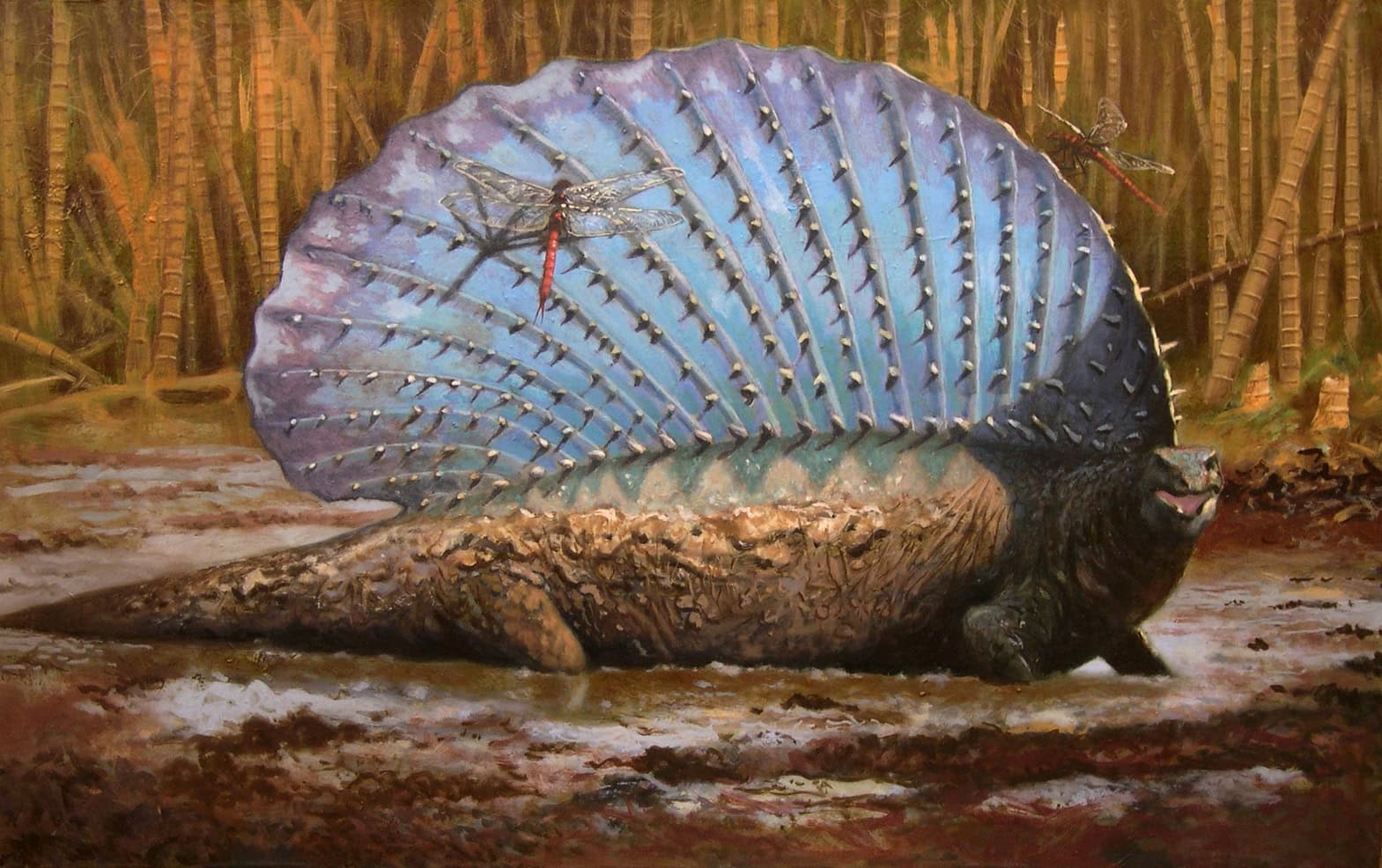
“I Pilastri” is a cycle of solo exhibitions presented by Fondazione Malutta dedicated to the foundation’s veteran artists — the solid and steadfast figures who have shaped its identity over time. Conceived by Thomas Braida and inspired by the “Pillars (Hashira)” from Koyoharu Gotōge’s cult manga Demon Slayer, the project celebrates artists who have refined their practice through relentless dedication and mastery.
Curated and organised by Thomas Braida and Anastasiya Parvanova, with the support of the members of Fondazione Malutta, I Pilastri highlights the strength, individuality, and technical prowess of each artist, revealing the distinct creative force that makes them true cornerstones of Fondazione Malutta’s artistic community. Each exhibition in the cycle is accompanied by a critical text by Beatrice Timillero.
Image credits: Emiliano Troco
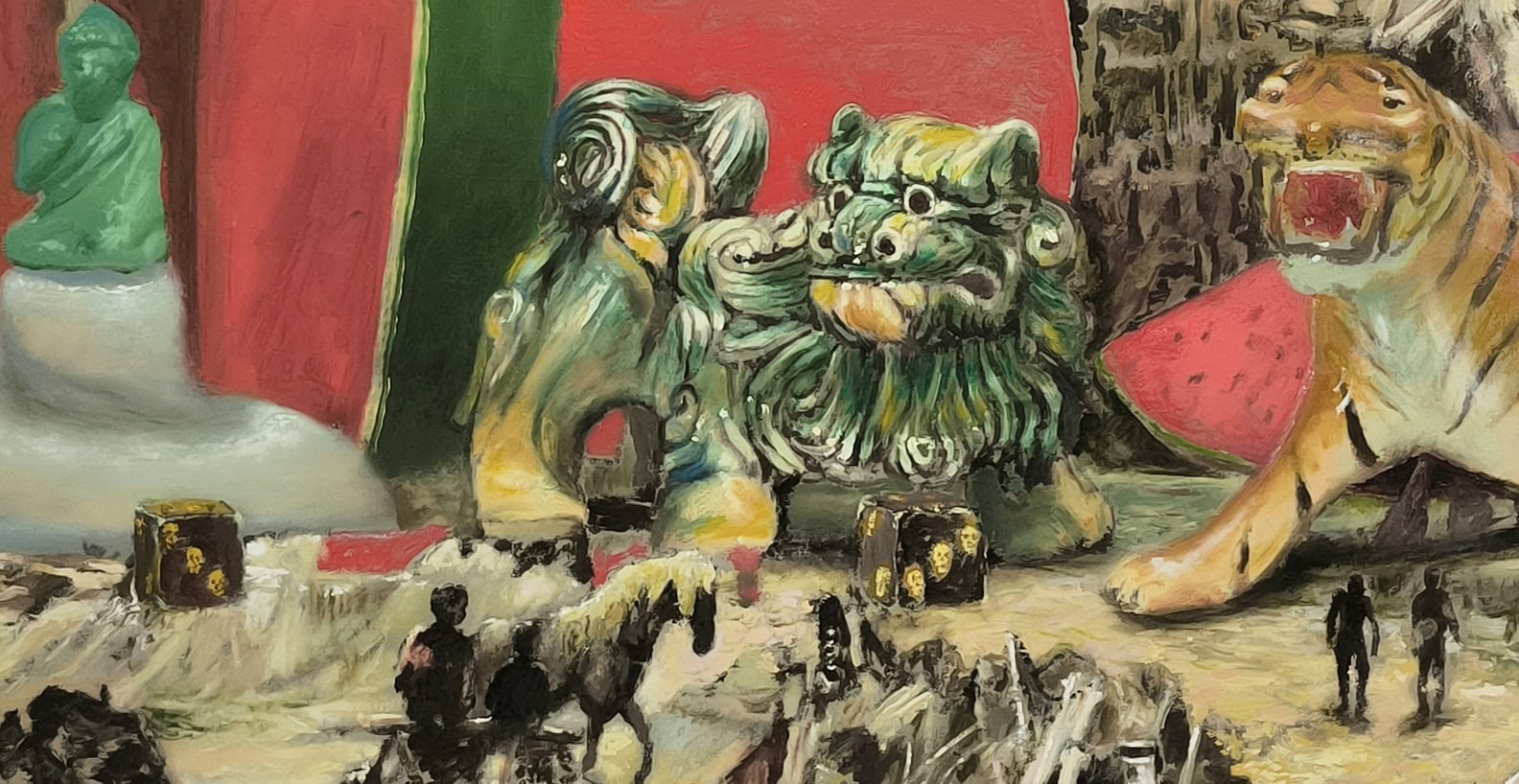
“I Pilastri” is a cycle of solo exhibitions presented by Fondazione Malutta dedicated to the foundation’s veteran artists — the solid and steadfast figures who have shaped its identity over time. Conceived by Thomas Braida and inspired by the “Pillars (Hashira)” from Koyoharu Gotōge’s cult manga Demon Slayer, the project celebrates artists who have refined their practice through relentless dedication and mastery.
Curated and organised by Thomas Braida and Anastasiya Parvanova, with the support of the members of Fondazione Malutta, I Pilastri highlights the strength, individuality, and technical prowess of each artist, revealing the distinct creative force that makes them true cornerstones of Fondazione Malutta’s artistic community. Each exhibition in the cycle is accompanied by a critical text by Beatrice Timillero.
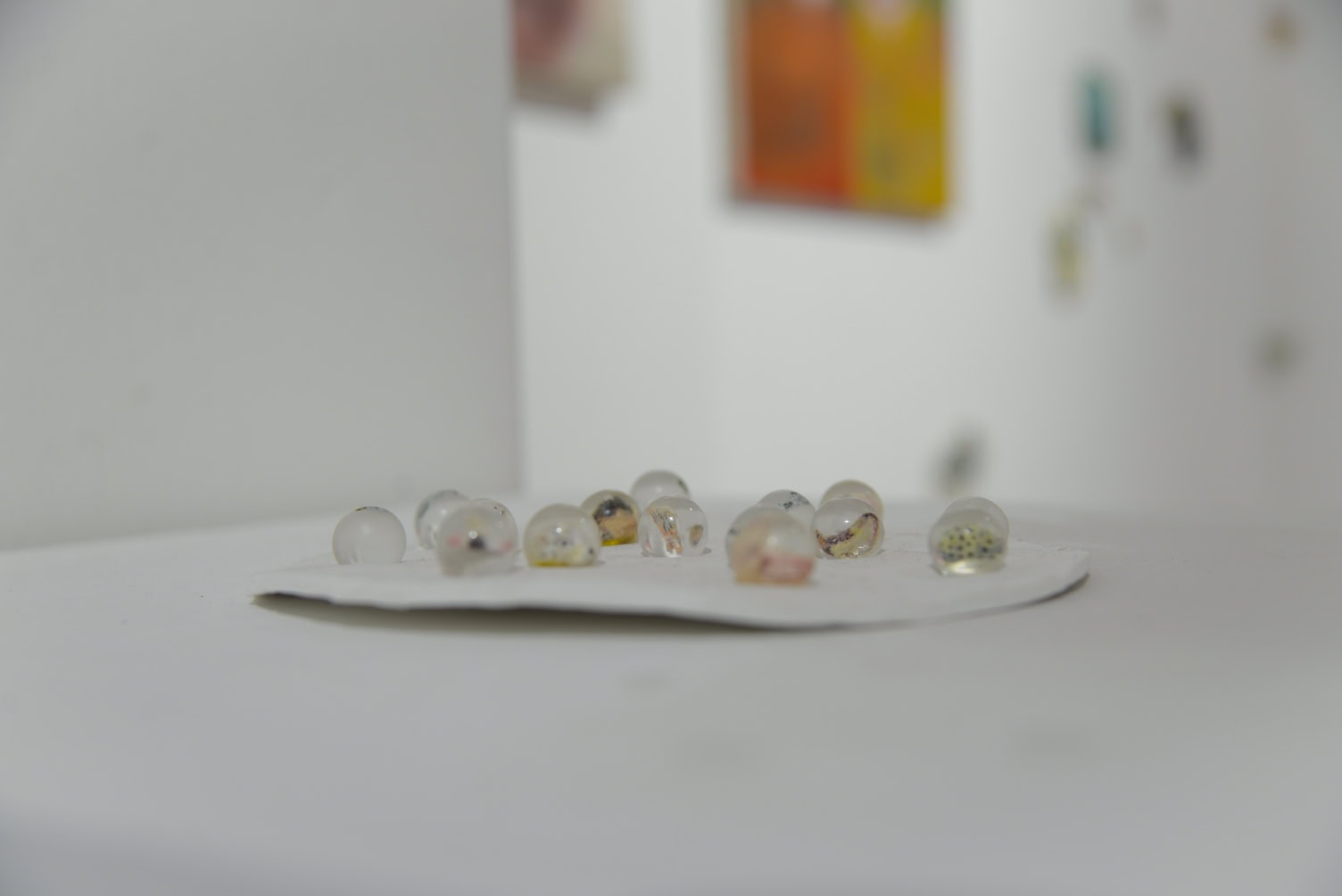
After the four two-person exhibitions held from April to October 2024, Joystick’s first project concludes with “SMACK!”, a group show of young artists currently studying at the Academy of Fine Arts in Venice.
The exhibition offers a glimpse into the vibrant atmosphere of experimentation and research carried out by some of the most interesting painting students active in the lagoon.The participating artists are just a few among the many enrolled in Atelier F, led by Professor Carlo Di Raco – a research laboratory that, for over twenty years, has been nurturing talents and has become a well-established presence in the contemporary art scene.
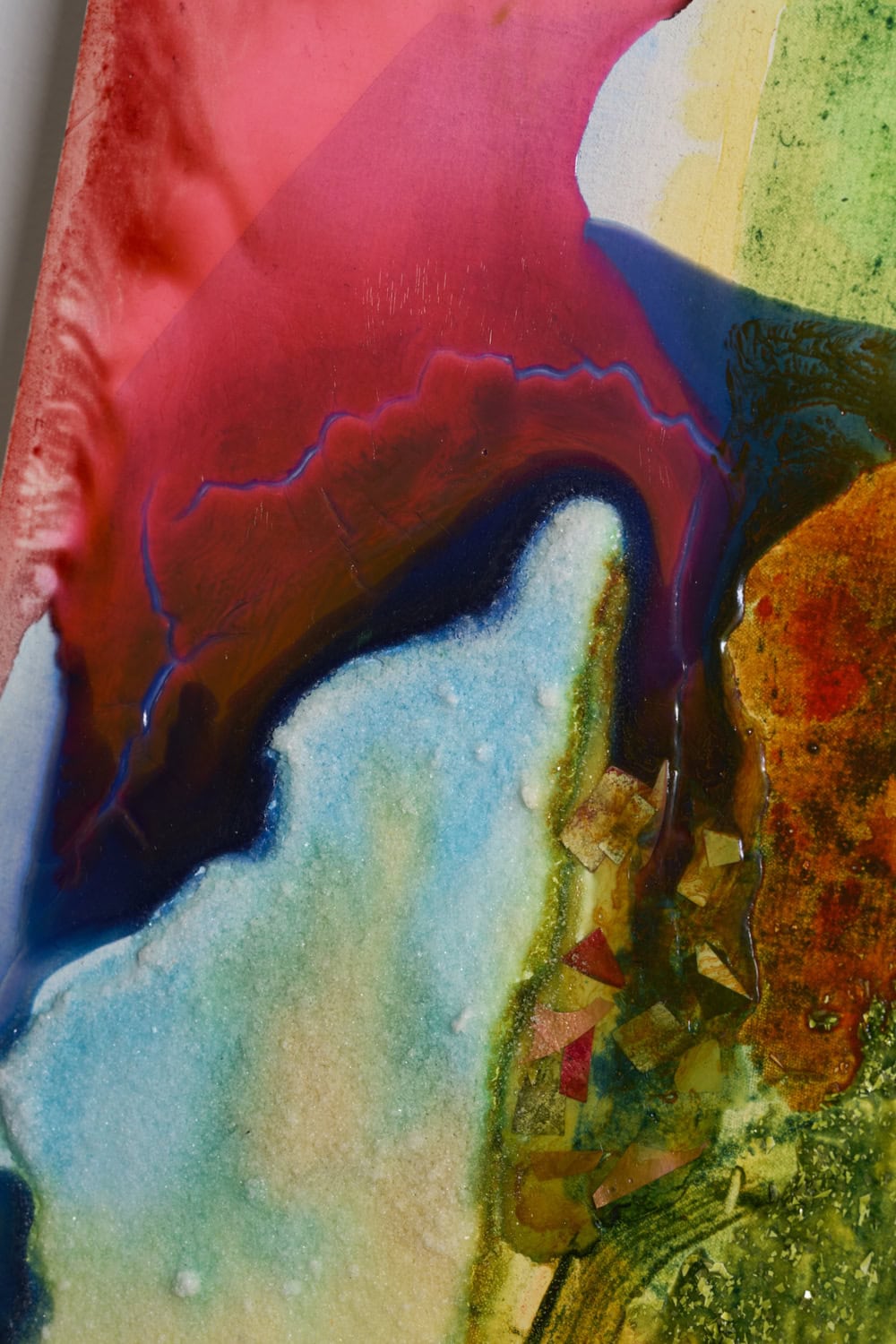
A bi-personal exhibition by Clelia Cadamuro and Cristina Porro, “Astromimesi” is the fourth in the cycle of exhibitions held during the first months of the 60th International Art Exhibition.
Starting from the concept of astromimicry – understood as the imitation of astronomical phenomena or celestial models – the exhibition exlores the artistic practice of Cadamuro and Porro in dialogue, through the way their works imitate the forms, movements and patterns present in the cosmos. On display are individual works which, though different in technique, are formally connected by the repetition of simple shapes that recall both the micro and the macro structures of the universe. Both works represent forms suspended between the figurative and the abstract, in which colour predominates as a primary medium of communication.
Like a constellation, the works are placed freely in space, without rigid boundaries. Similar in their specificity, they belong to a shared poetics: capturing the infinite within a frame.

A bi-personal exhibition by Luisa Badino and Maria Giovanna Zanella, “Deus e Macine” is the third in a cycle of four exhibitions held during the first months of the 60th International Art Exhibition. The project, conceived by Mattia Sinigaglia, sees painting as the main protagonist and involves artists who studied at the Venice Academy of Fine Arts.
In “Deus e Macine”, the locution ‘Deus Ex Machina’ is ironically altered in a play on words that brings an element that has always been confined to the aulic sphere onto a reality, thus turning the object (‘macine’, biscuits no one can resist) into a symbol of a contemporary sentiment: the irrepressible desire, the insatiable impulse before the object of desire. The protagonist, together with Maria Giovanna Zanella and Luisa Badino, is therefore the voracity with which both artists approach their modus operandi, allowing the material used to bring out unexpected traits. Like their works, so too the exhibition is unexpected, presenting also site-specific works.
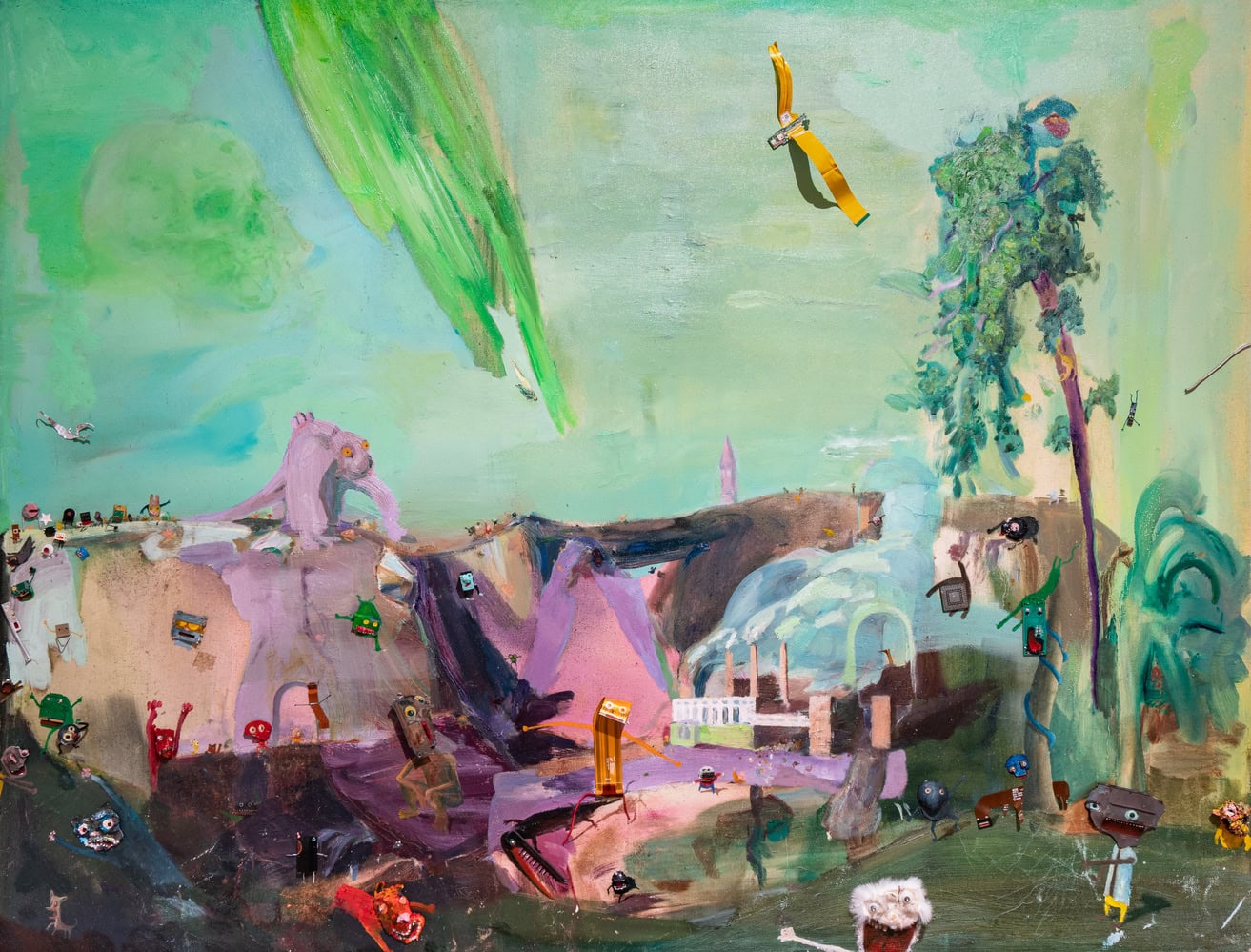
A bi-personal exhibition by Bogdan Koshevoy and Bruno Fantelli, “Crash” is the second in a cycle of four exhibitions held during the 60th International Art Exhibition. The project, conceived by Mattia Sinigaglia, sees painting as the main protagonist and involves artists who studied at the Venice Academy of Fine Arts.
Although the works of Koshevoy and Fantelli are presented through different aesthetics and themes, they are united by a pervasive feeling of disquiet. On the one hand, in Bogdan Koshevoy’s industrial landscapes, now abandoned and disused, silence becomes a protagonist on a par with the melancholic architecture and enigmatic painted figures. On the other, Bruno Fantelli’s grotesque and monstrous crowds create an apparently chaotic narrative in which noise takes shape through material brushstrokes and the reuse of everyday objects that, assembled, come to life.
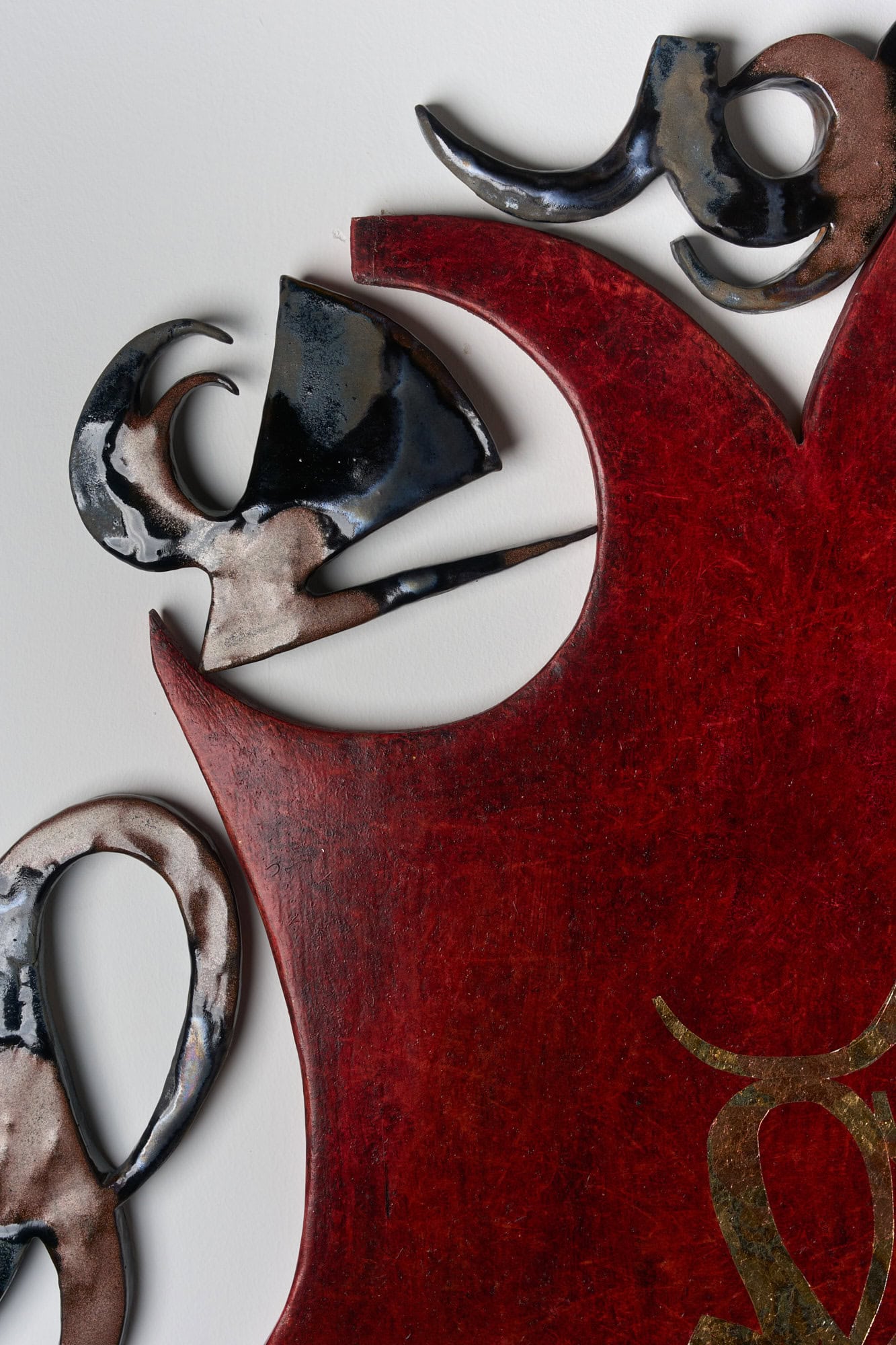
Joystick inaugurated its new space with “Voli Pindarici”, an exhibition featuring artists Mattia Sinigaglia and Pierluigi Scandiuzzi. The show presents a new cycle of works by both artists in which painting takes center stage, accompanied by sculptural interventions.
“Voli Pindarici” marks the first of four exhibitions taking during the months of the opening of the 60th International Art Exhibition. The artists involved in this cycle of exhibitions represent a new generation of artists from Venice.